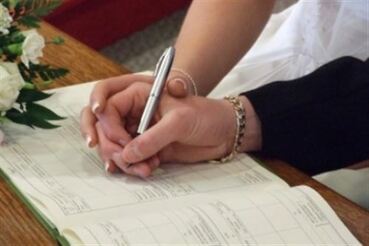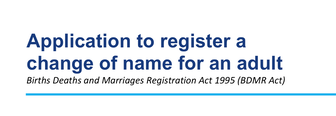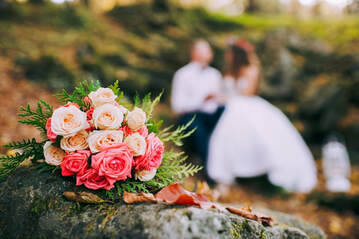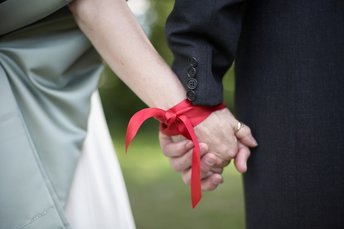
So, you've decided to change your name after your wedding, either by adopting your partner's surname, hyphenating or merging names. or taking a brand new name. Regardless of which option you go with, you will need to let people know about the change. Here's a handy check list.
- Before you contact banks or Government departments or agencies you will need an Official Marriage Certificate. This isn't the commemorative certificate you sign at the ceremony. You will need to apply to BDM for a full marriage certificate. Your Celebrant can do this for you at the same time as they register the marriage, and it will be a lot less trouble for you and will generally come much quicker. If you need it urgently (for example, for applying for travel visas) let your celebrant know. I usually register marriages within 24 hours of performing the ceremony and apply for the full marriage certificate at the same time. It generally comes by registered mail within 4-5 days. The fee currently charged by BDM for issuing this certificate is $60.
- Don't give your official marriage certificate to anyone, or it will cost you $60 every time you apply for another one. Make a few copies and get a Justice of the Peace to certify them as true copies. If your Celebrant is a JP (as I am) they should certify some copies for you.
- You should let Roads and Maritime Services know so they can change your name on your Drivers Licence. You will sometimes need photo ID in your married name, so this should be the first thing to change.
- If you're planning to travel soon make sure you check if the name on your passport needs changing. This could affect any visas you've already applied for, so make sure you check with the embassies or consulates of the countries you're travelling to if you need to do anything.
- Next you should contact your bank and insurance companies about whether you need to change your name on bank accounts, insurance policies, etc. Don't forget to contact the Tax Office (ATO) as well.
- Remember, if you've adopted your partner's surname your birth-name is still a legal name and you can continue to use it, even if you also use a married name. You may wish to continue using it for professional and club memberships for example.



 RSS Feed
RSS Feed